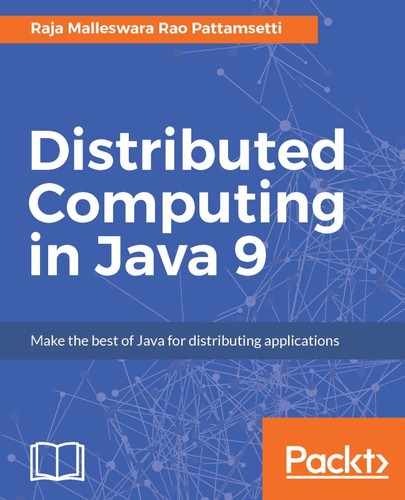Zookeeper is the chosen solution for handling big data encounters in Hadoop. It is a performance-efficient distributed coordination service for distributed applications. It offers a simple interface for essential services such as naming, synchronization, configuration management, and group services.
ZooKeeper runs on Java and allows bindings for both C and Java programming.
The following diagram represents the architecture of the ZooKeeper:

In the preceding diagram, the Leader Node is the only node having the write access. All the other nodes shown on the ZooKeeper Service are called followers, and they only delegate the requests to the Leader Node as represented earlier.
The request processor present in the leader node holds the responsibility for processing the request and handing over the result to the respective follower nodes so that they can take it forward from there in the process chain.
The atomic broadcast component is responsible for broadcasting the changes to all the other nodes.
The in-memory database helps the ZooKeeper nodes to process the respective node responsibilities.
The advantages of this ZooKeeper architecture include:
- Design simplicity.
- Quicker processing and process synchronization.
- Configuration management.
- Data replication and self election.
- Reliable messaging system.
- Atomic and sequential update mechanism.
ZooKeeper can be effectively configured in the queue environment to bring synchronization over distributed environments, cluster environment management, fault recovery, and involuntary leader assortment necessities.
